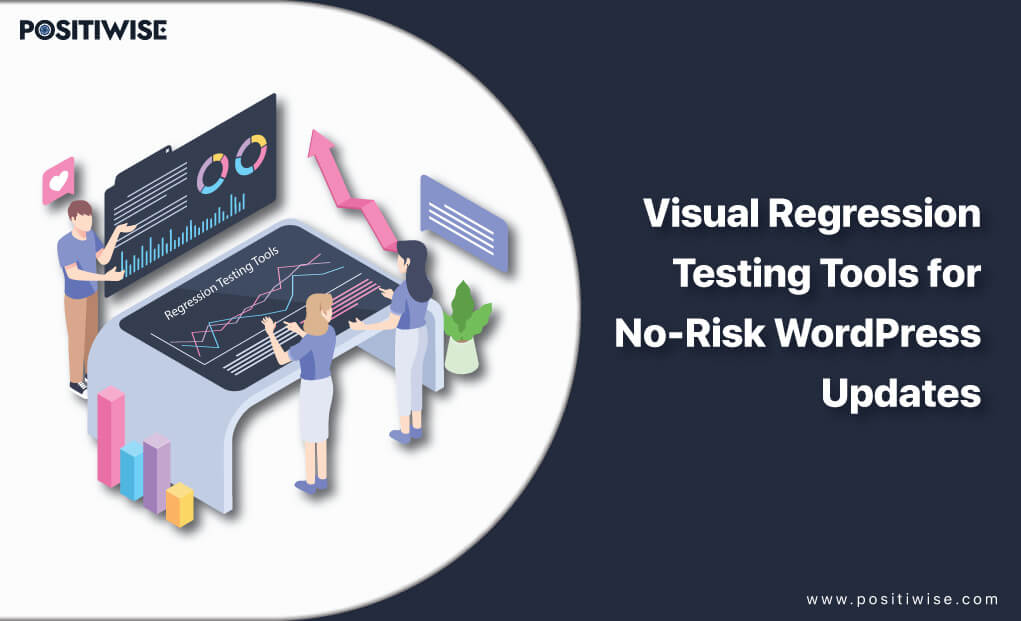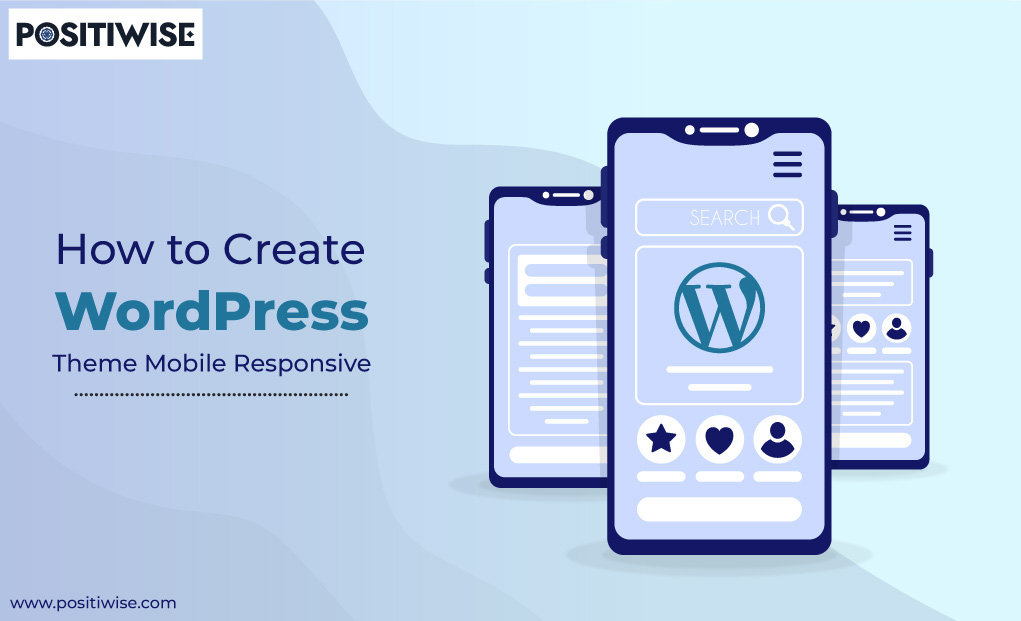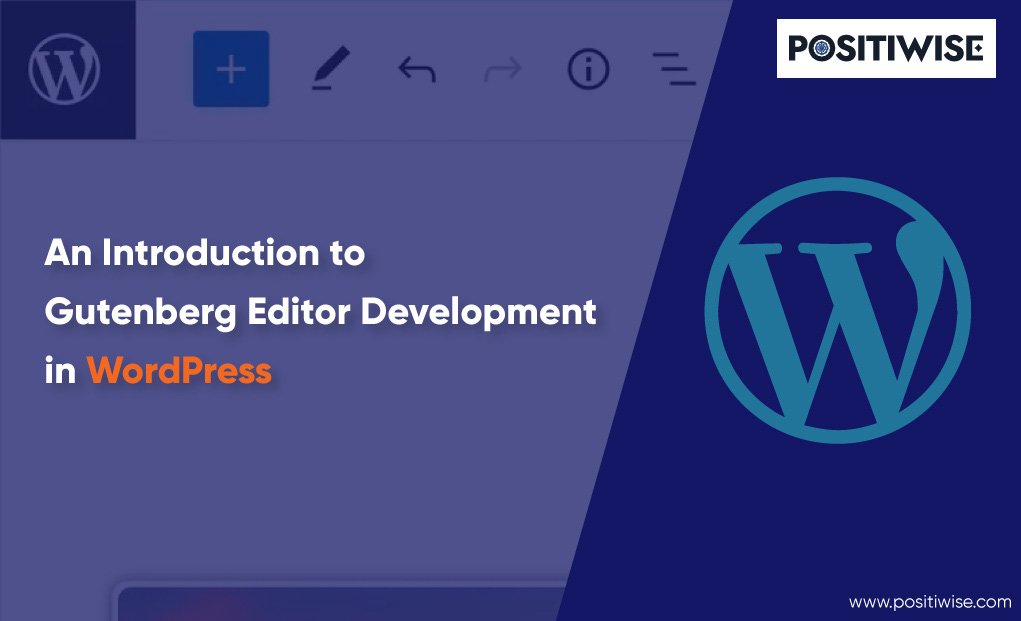Quick Overview:
In this article, we’re diving into the realm of “no-risk” WordPress updates by exploring four exceptional visual regression testing tools. These tools act as your virtual safeguard, allowing you to confidently make updates without the fear of unexpected design or layout alterations. By harnessing the power of these tools, you can bid farewell to the anxiety of updates gone awry and embrace a smoother, more secure WordPress journey.
Welcome to WordPress updates, where ensuring a smooth transition without breaking anything is paramount. Keeping your WordPress website up to date is crucial for security, performance, and staying current with the latest features. However, the fear of unintended changes or regressions often holds website owners back from hitting that update button. This is where visual regression testing tools come to the rescue.
But what are these – visual regression testing tools? Not aware of the answer to this question? Fret not! Within the confines of this article, we shall delve into the realm of visual regression testing – deciphering what it is and how does it work. Following that, our focus will shift towards acquainting you with four potent visual regression testing tools that lie at your disposal. Are you ready to embark on this informative journey? Let’s commence!
What is Visual Regression Testing?
Visual Regression Testing is a dynamic quality assurance technique employed in web development and design. It’s a proactive approach to identify unintentional discrepancies or deviations between various versions of a website’s visual appearance. Rather than solely relying on manual checks or traditional testing methods, visual regression testing introduces a meticulous process that automates the comparison of visual elements like layouts, fonts, images, overall design aesthetics, etc.
By actively scanning and analyzing different versions of a webpage, visual regression testing tools detect even the minutest alterations in appearance. These changes might result from code updates, content adjustments, or modifications made during the development process. Such discrepancies, though often subtle, can significantly impact the user experience and overall website functionality.
In lay terms, visual regression testing safeguards against the unintended consequences of website updates, ensuring that the visual integrity and user experience remain intact. Through its active and precise evaluation, it empowers web developers and designers to deliver a consistent, polished, and glitch-free experience to their audience, all while streamlining the development process.
What is the functioning process of Visual Regression Testing Tools?
Visual Regression Testing tools operate by automating the meticulous process of comparing screenshots between different versions of web pages. This technique ensures that even the tiniest of visual alterations are identified and addressed. Let’s delve into how these tools work to provide a seamless and accurate testing process.
Instead of relying on manual comparison, these tools take a proactive approach by capturing screenshots of web pages. They do this for both the original or baseline version and the updated version. We ensure that this technique identifies and addresses even the tiniest of visual alterations.
Once the screenshots are acquired, the tools employ a sophisticated comparison mechanism. They analyze each pixel, layout, font, image, design element, etc., identifying disparities between the two versions. This pixel-level comparison is important for detecting (catching) even the most subtle differences, such as slight color variations, font size adjustments, shifts in alignment, and much more.
Furthermore, these tools don’t just consider the page as a whole; they also focus on the granular level. This means individual blocks, sections, and elements within the page are scrutinized for discrepancies. For instance, the tool will promptly highlight these variations if a button’s size, color, or placement changes.
Advantages of Visual Regression Testing Tools
- Automation
- Speed
- Consistency
- Object Recognition
- Baseline Management
- Integration
- Standard Compliance
- Scalability
To sum it up, visual regression testing tools streamline the process of assessing visual changes between web page versions. Through automated screenshot comparisons, meticulous pixel-level analysis, and comprehensive examination of individual elements, these tools provide developers and designers with a reliable means to catch even the most minuscule deviations. The result is a smoother development process, enhanced user experience, and a visually consistent website across different browsers and devices.
Get a Custom WordPress Site Built by the Best WordPress Developers
Our expert WordPress developers are ready to build your custom WordPress site. 10+ years’ experience. Satisfaction guaranteed. Free consultation!
Leading 4 Visual Testing Tools for WordPress Updates Without Risk
Among the array of tools available for seamless WordPress updates with minimal risk, four stand out as leaders in visual testing. These tools, namely Wraith, Screenster, BackstopJS, and PhantomCSS, offer cutting-edge solutions to ensure your updates don’t compromise your website’s design and functionality. Let’s take a closer look at each of these top contenders:
- Wraith
- Screenster
- BackstopJS
- PhantomCSS
1. Wraith
Developed by the BBC News developers, Wraith stands as a powerful screenshot comparison tool. With the ability to capture web page screenshots and execute comparisons against different instances, Wraith is a true asset. Its scope extends to evaluating page responsiveness, scrutinizing site changes over time, and conducting comprehensive website crawls for thorough testing paths. The standout quality of Wraith lies in its accessibility – easy installation, exploration, and implementation. Mastery of this tool equips QA professionals with the means to streamline testing procedures, significantly resulting in noteworthy time savings.
Advantages of Wraith
- Quick and Easy Setup: Installation on various operating systems is straightforward and time-efficient.
- Configuration Simplicity: Pre-existing config files can be modified for immediate automated visual regression testing, eliminating the need for coding.
- Responsive Testing Support: Wraith accommodates responsive testing, ensuring compatibility across diverse devices and screen sizes.
- Readable Output: The tool provides easily comprehensible output, aiding in swift bug detection.
Disadvantages of Wraith
- Dynamic Content Handling Limitation: Wraith might struggle with dynamic content, affecting its accuracy in testing.
- Cross-Browser Testing Absence: The tool lacks cross-browser testing support, limiting its scope in comprehensive testing scenarios.
2. Screenster
As a web-based visual regression testing tool, Screenster brings advanced features to the forefront. Its extended test feature enables the cloning and repurposing of tests by modifying input parameters. The tool’s versatility shines through with import-export options, allowing projects to be stored as .zip files, while cloud storage ensures backup.
A notable aspect is its ability to record a visual baseline through screenshots of every testing step, ensuring a meticulous approach. Integration with JIRA and CI, collaboration capabilities for multiple users, parallel test execution, and a test scheduler for automated routine tests further elevate Screenster’s utility.
Advantages of Screenster
- Quick Learning Curve: Mastering Screenster’s core functionality takes a mere 15–20 minutes.
- No Coding Requirement: Coding is unnecessary, although coded tests can be employed if needed.
- Visual UI Verification: Screenster enables visual verification of UI elements, streamlining testing.
- Automatic Locators and Waits: The tool offers self-healing locators, dynamic area handling, and waits for smoother testing.
- Content Verification: Automatic content verification enhances thorough testing.
- CI Integration: Seamless integration with CI ensures collaborative and automated workflows.
Disadvantages of Screenster
- Regression Test Speed: Screenster’s regression test runs might be slower compared to more straightforward solutions, affecting efficiency.
- Ongoing Design Work: The tool’s design is still a work in progress, impacting user experience.
- Limited Reporting: Reporting is confined to email notifications, potentially limiting comprehensive reporting options.
3. BackstopJS
Catering precisely to responsive websites and applications, BackstopJS is the epitome of automated visual regression testing. The tool generates screenshots across varying screen sizes, establishing reference points for meticulous DOM screenshot comparisons over time. It shines with its user-friendly interface and features like scenario display filtering and CLI reports, thus promising a seamless update experience.
Advantages of BackstopJS
- CI/CD Integration: BackstopJS seamlessly integrates with CI/CD pipelines for automated development testing.
- Configurable Scenarios: The tool allows customized scenarios, tailoring testing for different situations.
- Customizable Tolerance Levels: BackstopJS enables users to set tolerance thresholds for visual differences, offering control over failure triggers.
Disadvantages of BackstopJS
- Setup Complexity: Setting up and configuring BackstopJS can be challenging for teams new to visual regression testing or with limited Node.js and command-line tool experience.
- Resource Intensity: Running visual regression tests might be resource-intensive, especially with numerous scenarios or across various browsers/devices.
4. PhantomCSS
PhantomCSS relies on PhantomJS, a scriptable headless web browser driven by JavaScript, for its visual regression testing prowess. Operating across multiple platforms, like Windows, macOS, Linux, FreeBSD, etc., PhantomJS harnesses QtWebKit for robust web standards support. Its compatibility with browsers like Google Chrome and Firefox, along with a range of JavaScript APIs, renders it versatile for tasks encompassing screenshots, file interactions, web page interactions, and much more.
Advantages of PhantomCSS
- Platform Availability: PhantomCSS is accessible on major operating systems – Windows, Mac OS X, and Linux.
- Easy Installation: The tool’s simple installation consumes minimal resources for swift initiation.
- Code Development: Developers can write code and select HTML elements for testing, enhancing development efficiency.
Disadvantages of PhantomCSS
- Not a Comprehensive Testing Framework: PhantomCSS is suited for unit tests on code, not comprehensive testing.
- UI Requirement: PhantomCSS necessitates a UI, potentially limiting its applicability in certain testing scenarios.
Conclusion
By understanding the strengths and weaknesses of these tools, developers can ensure consistent design and functionality, delivering a smoother user experience. With the right tool, WordPress updates become risk-free and efficient, enhancing website quality and user satisfaction.
Expert in Marketing Strategy and Brand Recognition
Jemin Desai is Chief Marketing Officer at Positiwise Software Pvt Ltd, he is responsible for creating and accelerating the company’s marketing strategy and brand recognition across the globe. He has more than 20 years of experience in senior marketing roles at the Inc. 5000 Fastest-Growing Private Companies.






